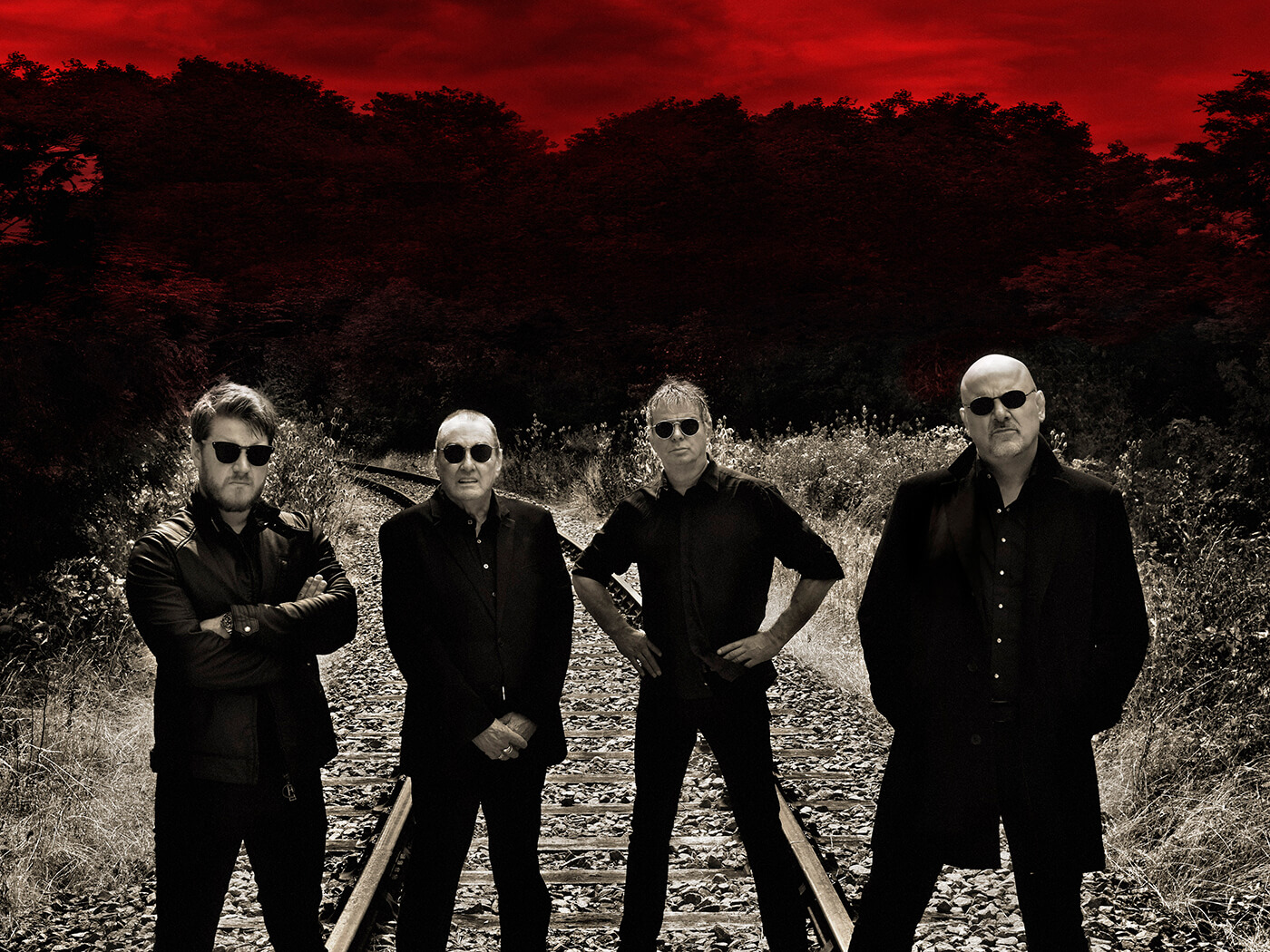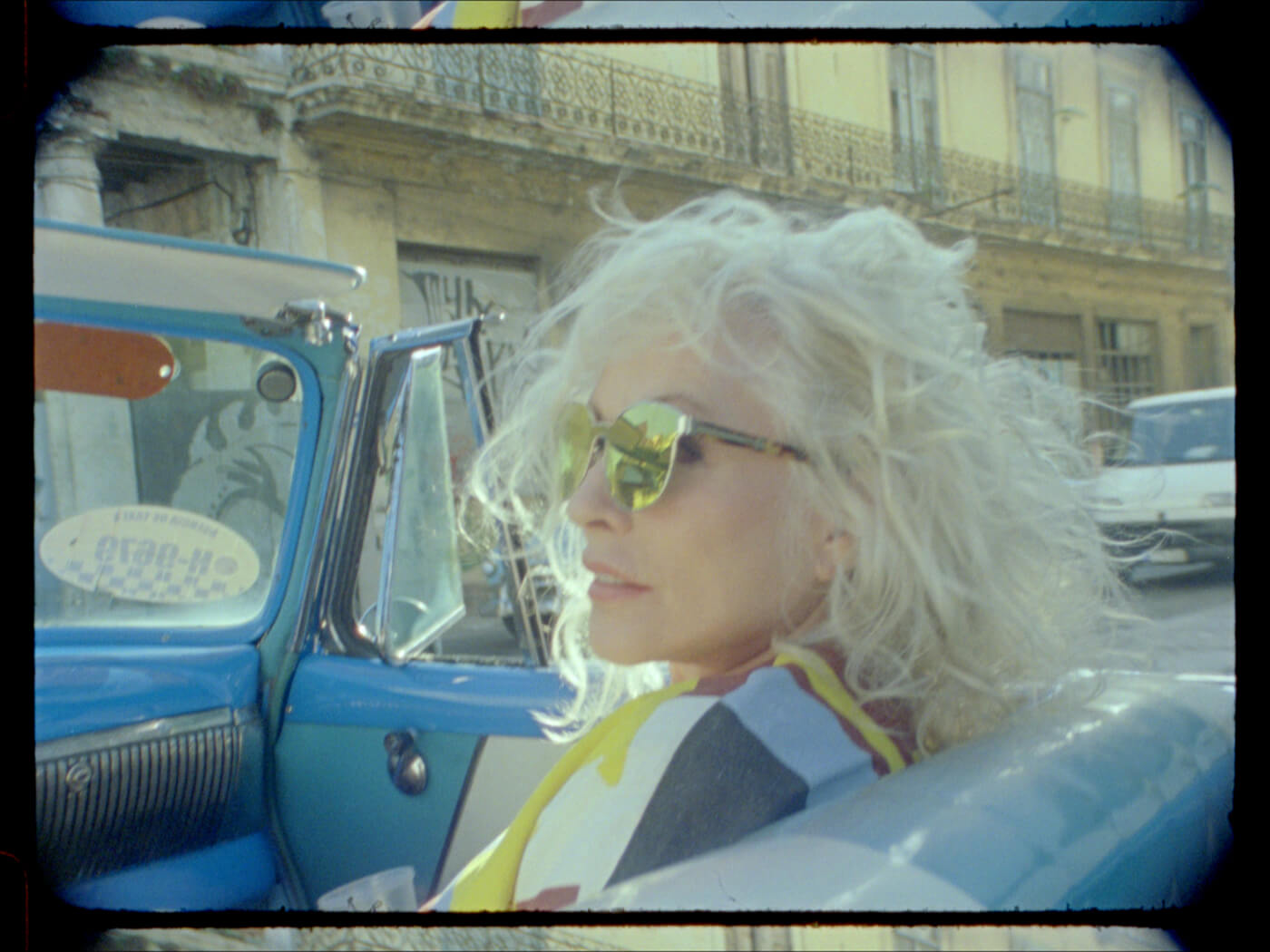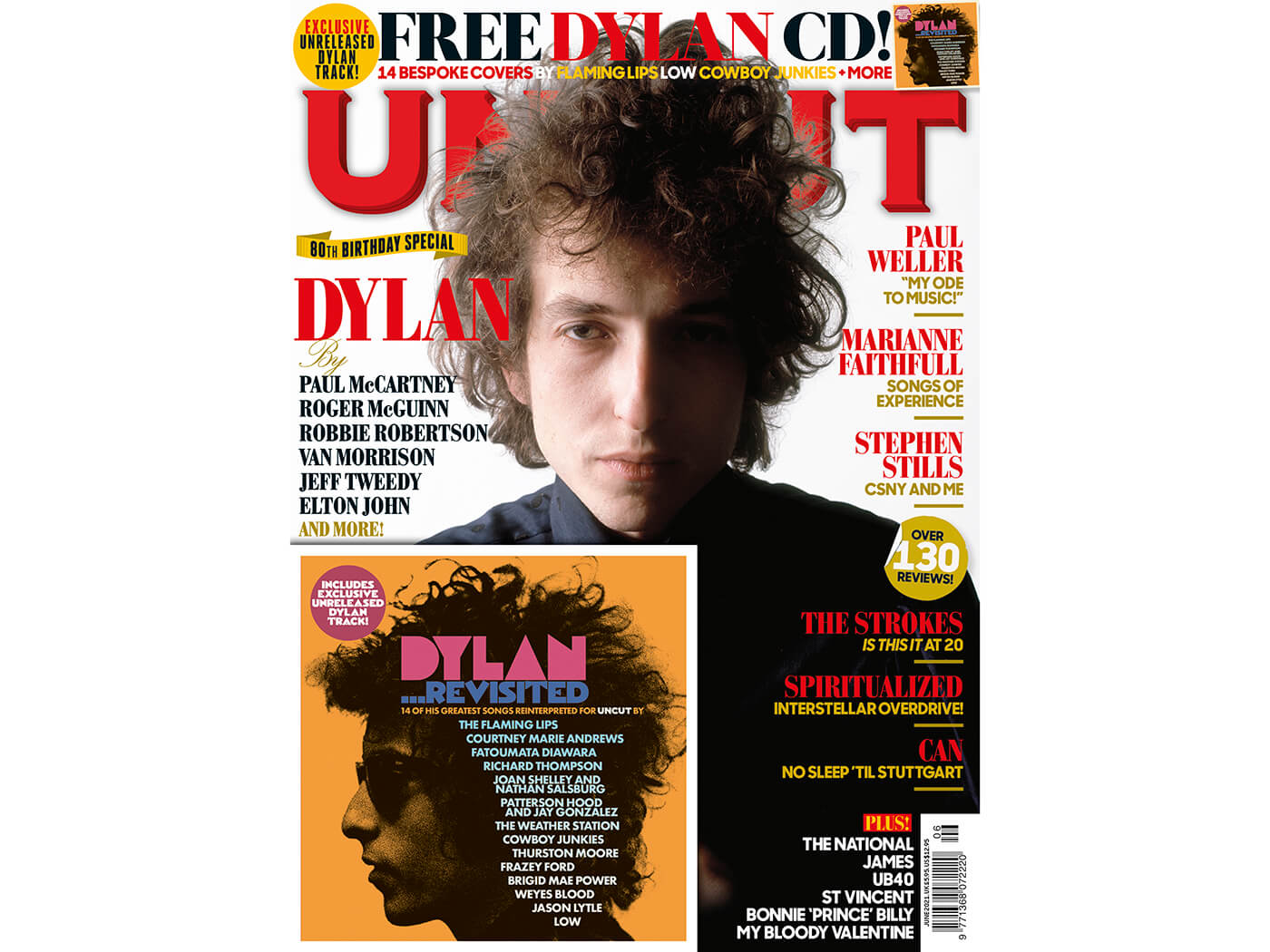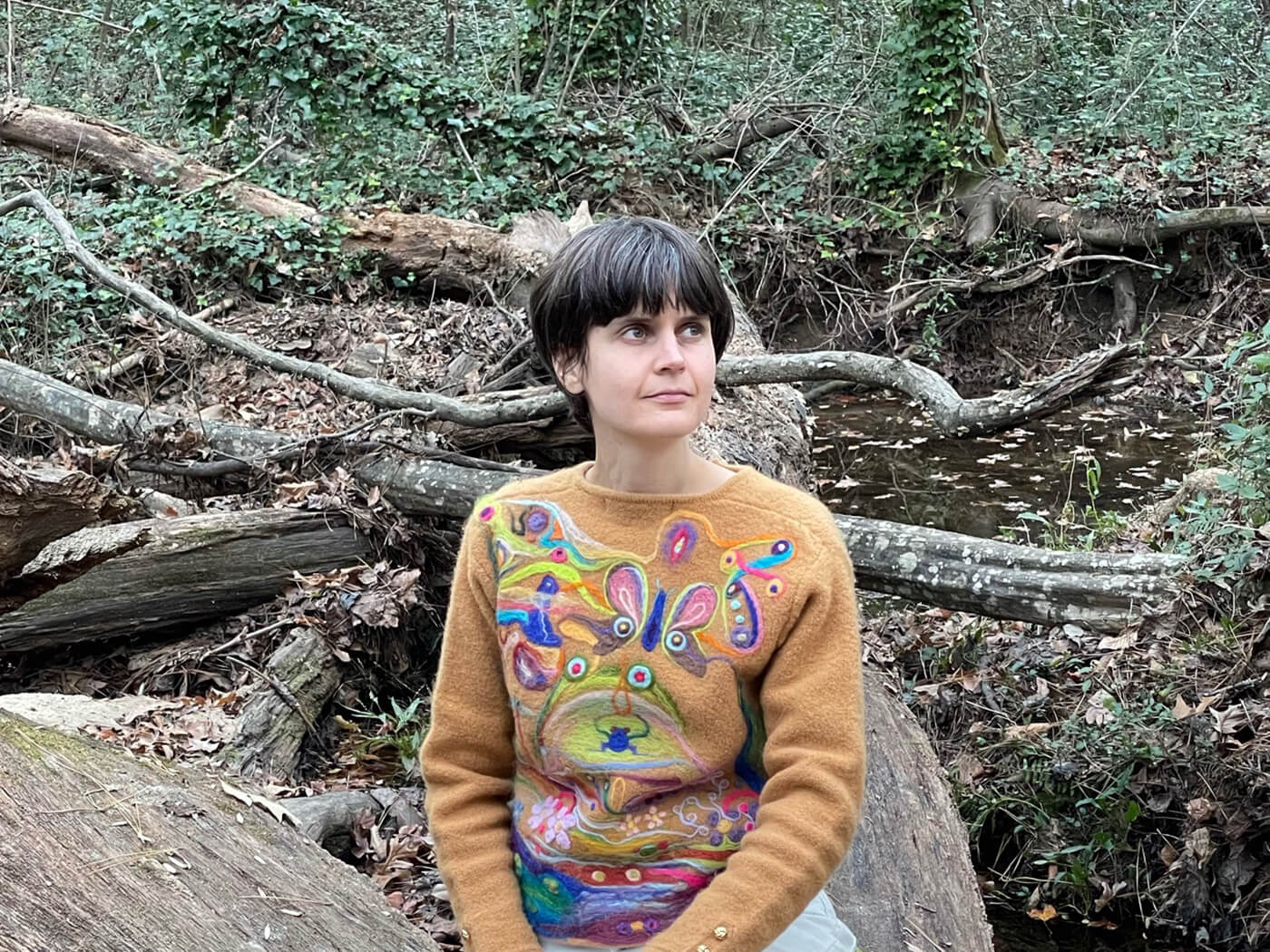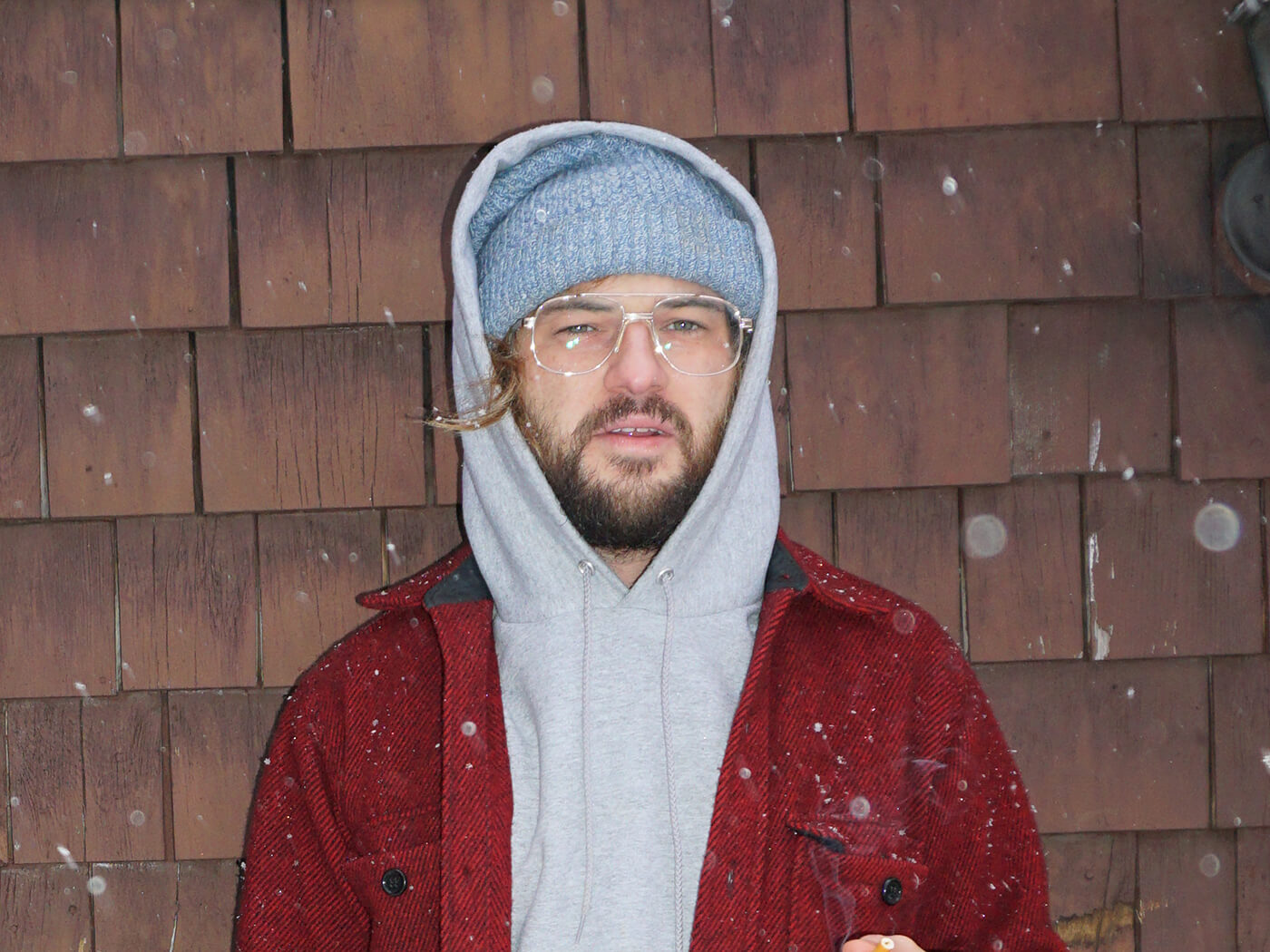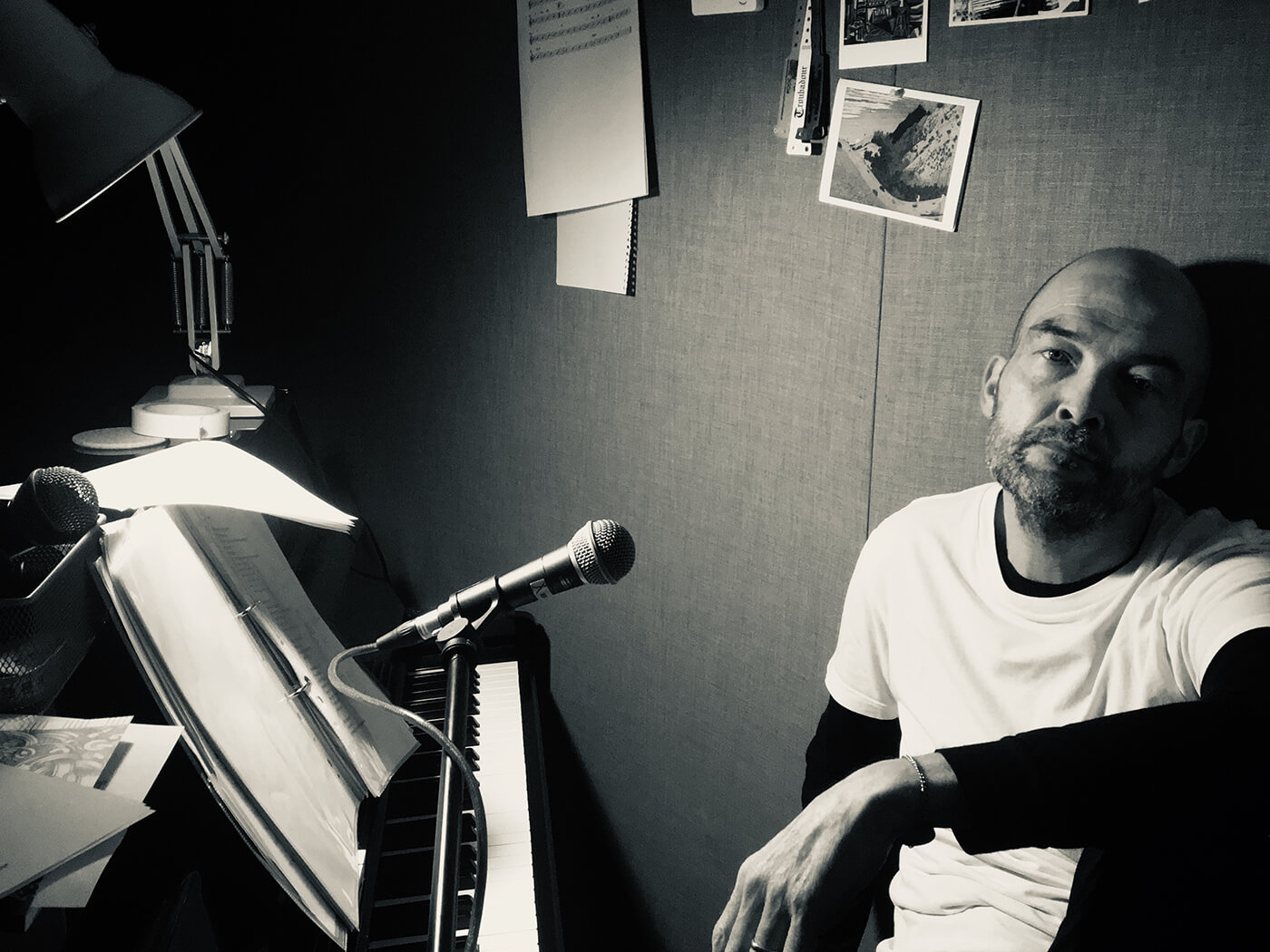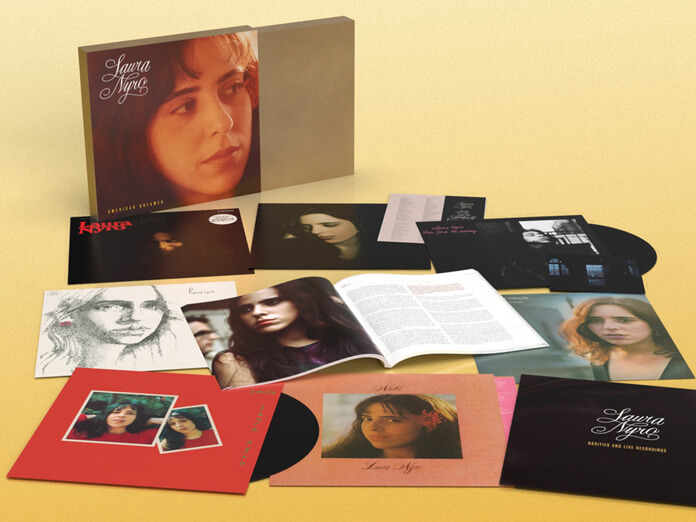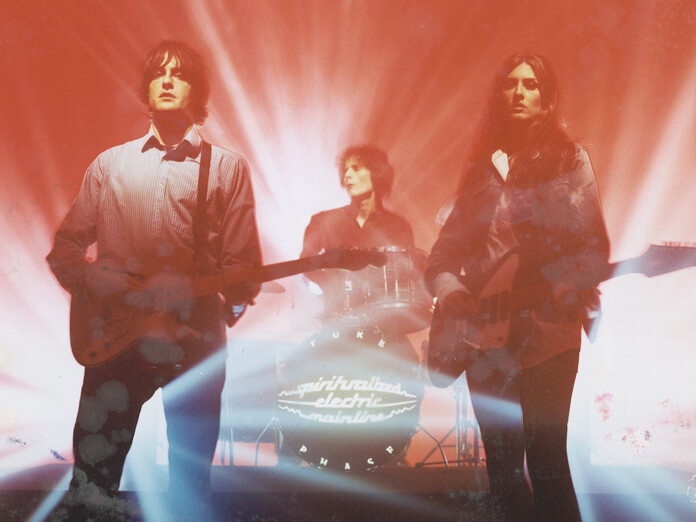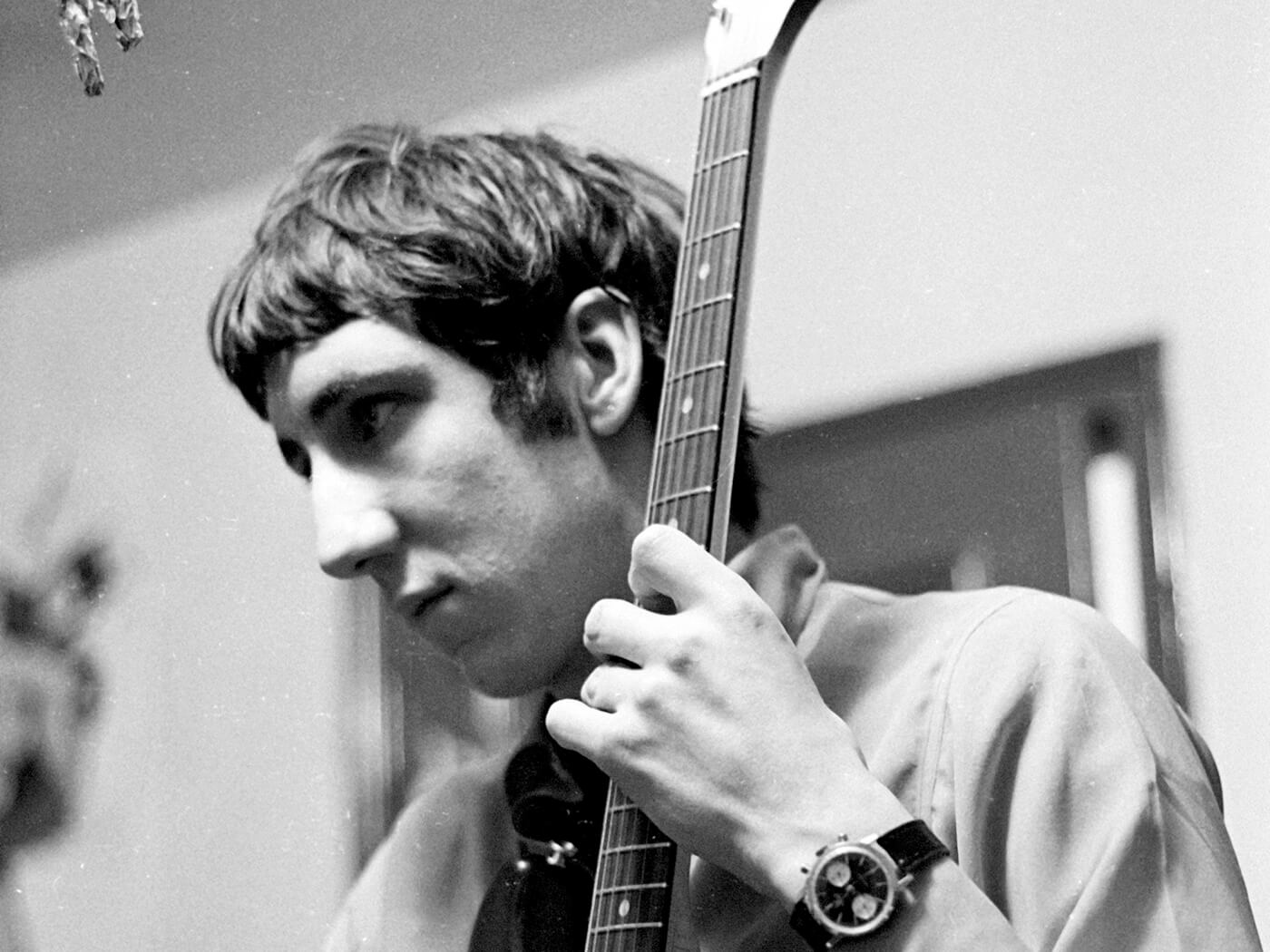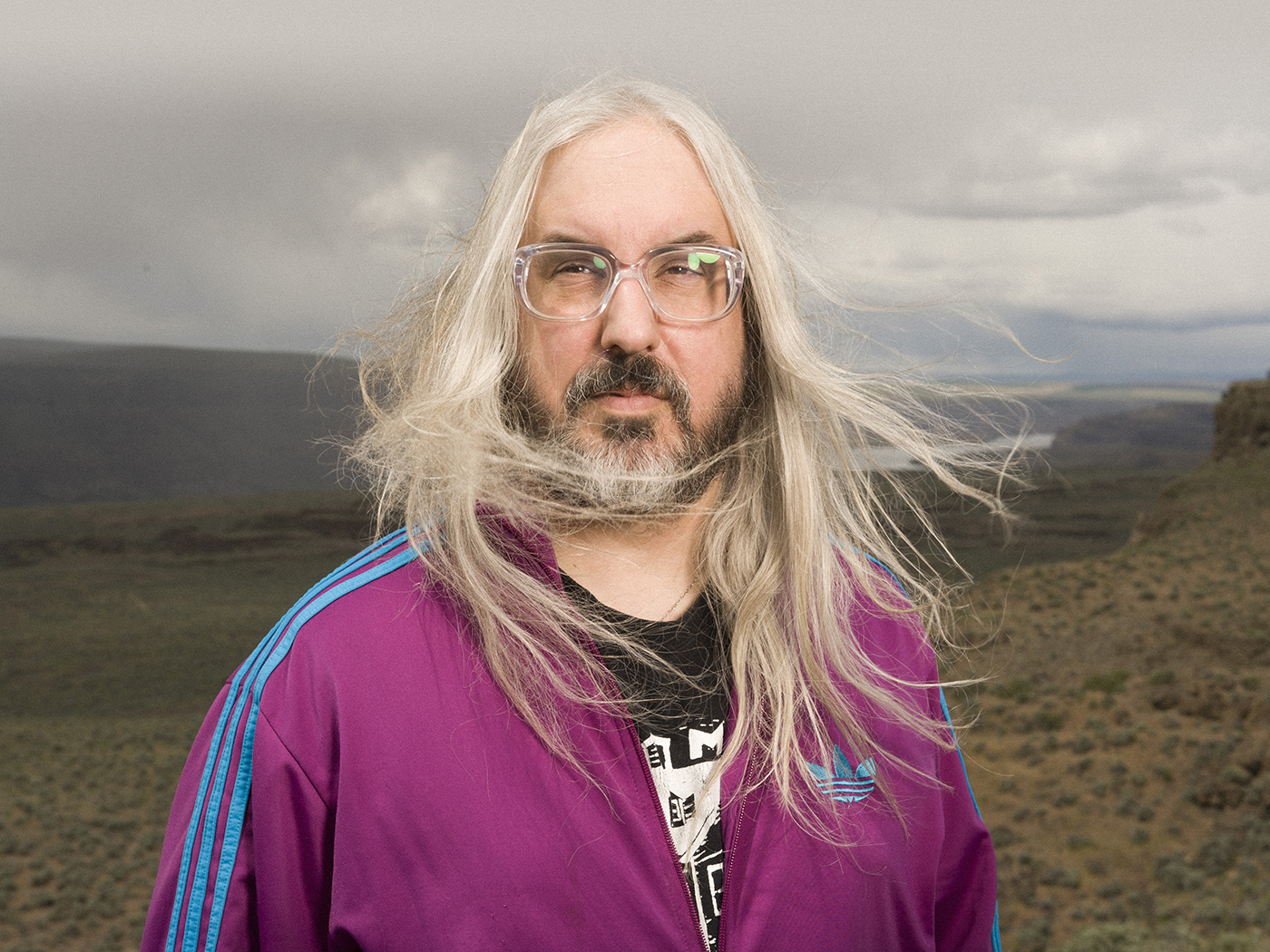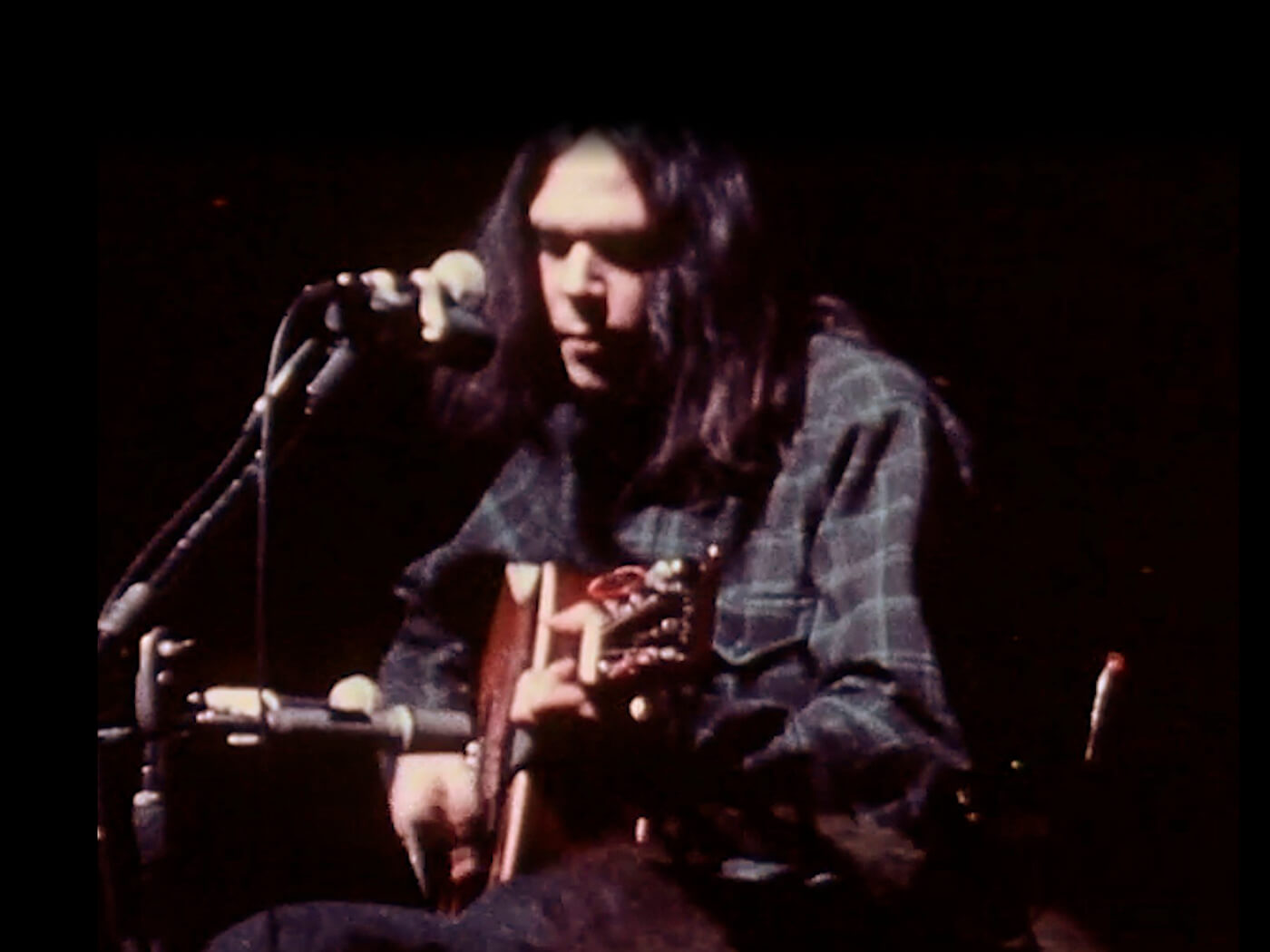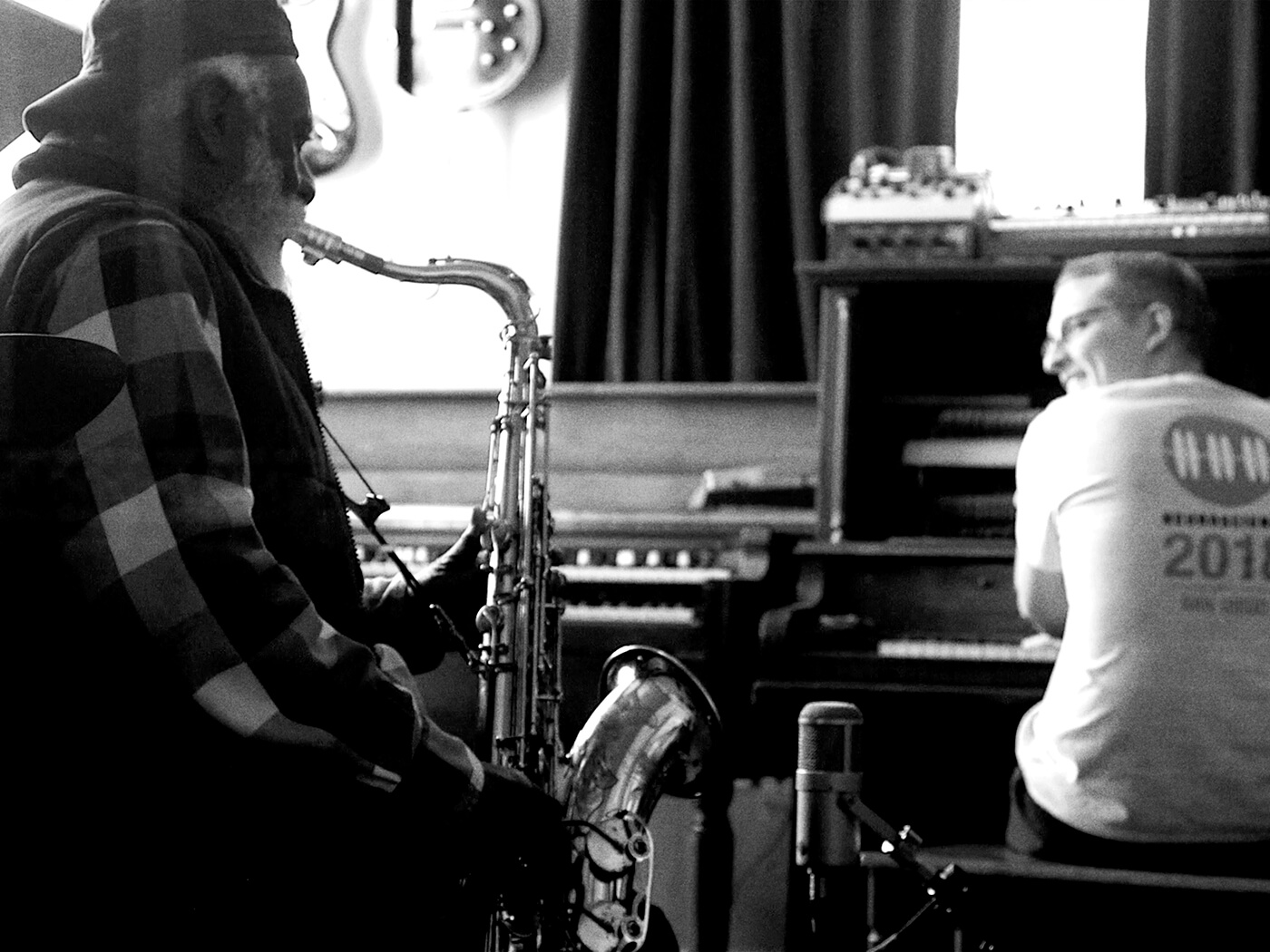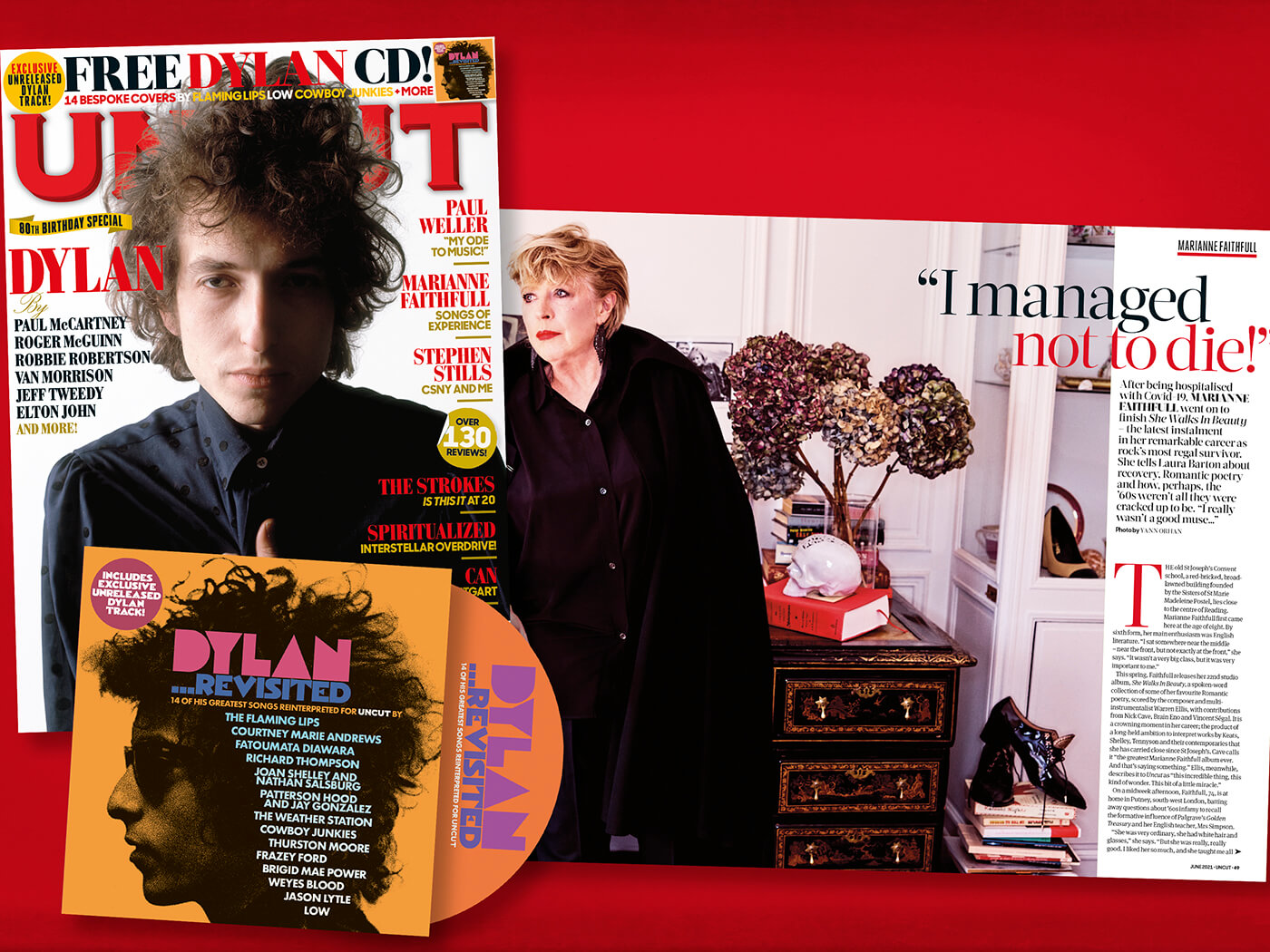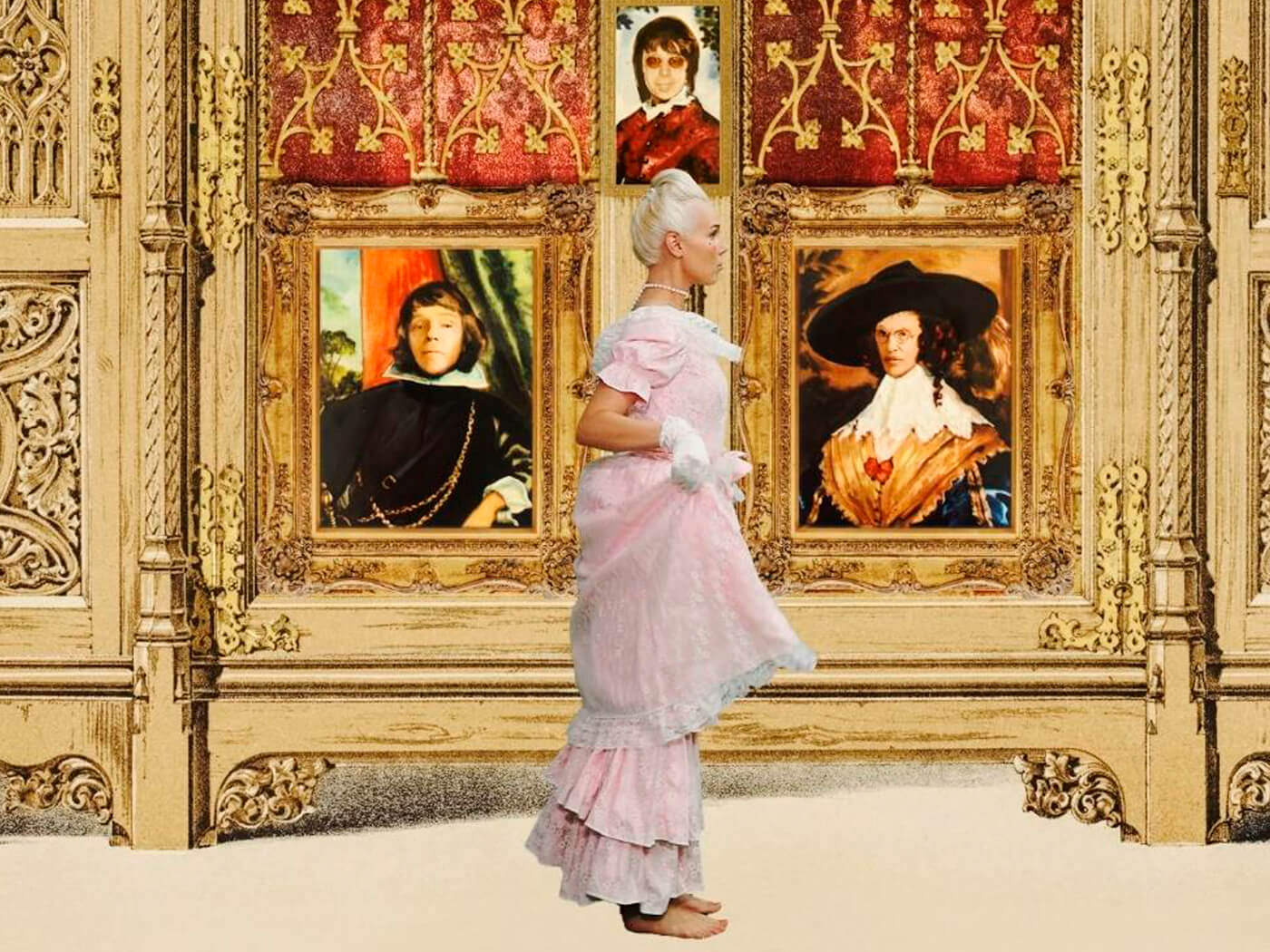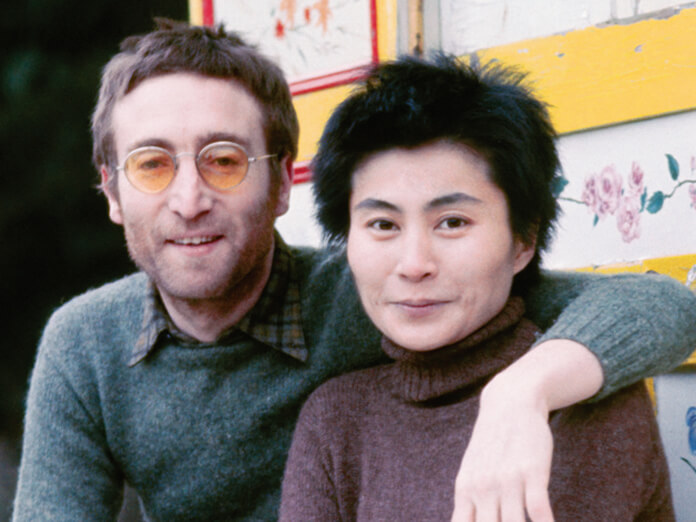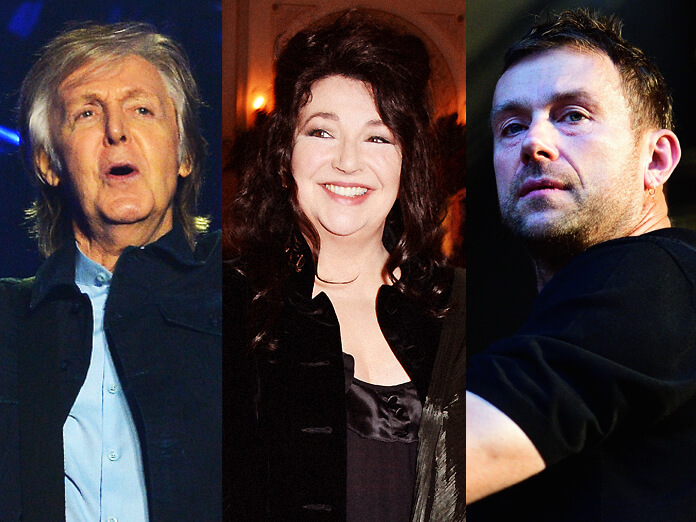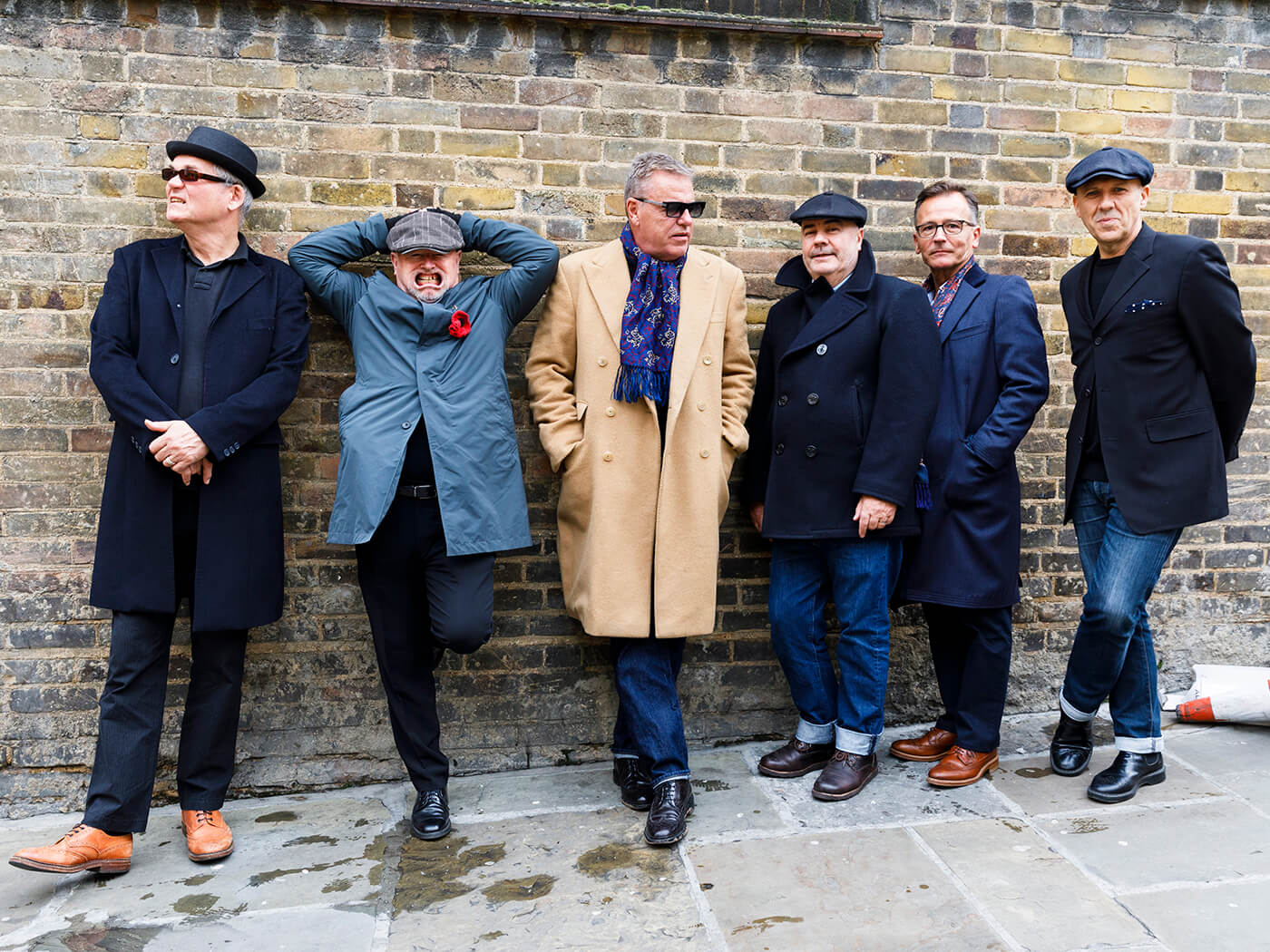To celebrate the release of Dinosaur Jr’s supersonic new album Sweep It Into Space, here’s an Audience With J Mascis from the September 2014 issue of Uncut (Take 208). Kevin Shields, Mark Arm and TV Smith pose the questions as we discover how Mascis almost joined Nirvana but stood in with GG Allin instead: “Fine in theory, but when he’s actually shitting onstage beside you, it’s not fun!”
—–
“Portugal aren’t coming back from that,” exclaims J Mascis with unexpected enthusiasm. Presently, the notoriously reticent Mascis is sitting in a hotel bar in London watching Germany beat Portugal in the World Cup on a giant television screen. His surprising outburst, he explains, is because he has a vested interest in the outcome of this particular game: Mascis’ wife is German. She is currently in Berlin with their son where, it transpires, they are watching the match on a big screen, in the church where his brother-in-law is a minister.
Meanwhile, Mascis is in the UK to promote his latest solo album, Tied To A Star. Despite his woolly appearance – faded black Cactus T-shirt, trucker cap and purple-rimmed glasses, grey hair, beard – Mascis is on sharp form as he answers your questions on subjects ranging from his favourite guitar riffs to the existence of some deep Dinosaur Jr rarities and exactly what happened when Kurt Cobain asked him to join Nirvana…
Hi, J. You’ve got a reputation for being difficult in interviews, do you think some people misunderstand your sense of humour?
Kevin Shields
I’ve learned from being interviewed and dealing with people that I talk slower than a lot of people. If a person’s really wired and ADD, and I don’t answer fast enough, they write me off as an asshole in that second where I’m not answering them. Then, that’s it. How long have I known Kevin? Since we first came to England. We opened for Primal Scream and then played at ULU. I think he was there. Someone told me to buy My Bloody Valentine, and the “You Made Me Realise” EP had just come out. We’ve seen each other pretty much every time I’ve come to England. Coming to Europe back then was great for us. They’d give us food and somewhere to stay and people actually liked us. We were pretty hated where we lived in Western Massachusetts.
Is it true you turned down Kurt Cobain’s invitation to join Nirvana?
Stan Maloney, New York
Yeah, Kurt asked me to join. I was with Thurston Moore at this Nirvana show at Maxwell’s in Hoboken. I was talking with Kurt, and he said, “You should join my band.” I think he was kind of sick of the guitar player at the time, Jason [Everman]. I was like, “Oh, yeah.” That was kind of it. You know, I wanted to go to college in Seattle and I didn’t get in. So I could have been there before all them. Imagine how different history would have been. I had gone to a semester in Amhurst. I hated college so I didn’t do too well. When I applied to Seattle, they weren’t too impressed. What was I studying? Nothing. You can do that in America. I took a lot of Hitler-inspired classes. I had a teacher who was an SS officer and another who was a Jew who escaped. They were both in the same history department, which was weird.
What do you remember about your earliest gigs in Boston?
Sheryl Dillon, Cardiff
When we started, we were too loud and we had no fans. That’s a bad combination when you’re trying to play shows in these bars and the bartender can’t hear the people trying to buy drinks. “Who are these guys?” So we’d get banned from all the clubs around there. In Boston the soundman threw a bottle at us. We were playing with Salem 66 or something. In Boston, in [Mascis’ early-’80s hardcore punk band] Deep Wound, people liked us in the hardcore scene but the hardcore scene did not like Dino when we started. But what are you gonna do? I guess the first time we went to New York, which was three hours away, that’s when we first met Sonic Youth and found some people who actually liked us. It was our home away from home. We’d spend a lot of time in New York.
J, even your acoustic guitar sounds loud. How do you do it? I’ve been trying to persuade sound technicians to make mine louder for years…
TV Smith, The Adverts
Travel with your own soundman, I guess. It’s a battle, if you don’t have your own soundman, to try and communicate what you’re trying to do to some other guy. I think TV Smith could make it happen. Yeah, I’m a total fan of British punk. What are the differences between British and American punk? The production was much better in England. I guess most US punk bands never recorded in real studios. English punk seemed better for some years, until probably ’81 when hardcore happened. It all came together perfectly at that age. I could relate to Minor Threat. They had more suburban problems, like me. You know, being pissed for no reason. “Oh, my parents are OK, I’m not starving, nothing is apparently wrong, but I’m still depressed and pissed off at everything. I have no reason to be.” You get jealous of people with real problems.
I’m a massive fan of the first three Dinosaur Jr albums. Are there any unreleased studio recordings from this era (“Center Of The Universe”, for example), and if so, what are the chances of them being released?
Bennett Sandhu
No, across the board. “Centre Of The Universe” was an early Lou [Barlow] song. It didn’t appear on any album, he didn’t want to play it. It could have been on our first album, but he decided he hated it immediately. There might be some practice tape of the song, but not that I have. I guess we could always re-record it now.
What was it about GG Allin that made you think, ‘I want to be in a band with that guy?’
Mark Arm, Mudhoney
Yeah… that’s a weird one. Gerard Cosloy, who went on to Matador fame, went to college in my town and became my band [Deep Wound]’s manager, for a minute, then we broke up. He said he’d put out the Dinosaur record when we formed, so we already knew we could make a record. But he was putting together this GG Allin band, and he asked me to be in it. I was excited, until the reality set in. I often thought it was kind of like how Kurt Cobain must have felt about Courtney Love. It’s like this punk idea that seems cool ’til you’re doing it. You like GG Allin in theory, but then when he’s actually shitting onstage and you’re standing there, it’s not fun and you think, ‘Wow, this is a bad scene.’
How many guitars do you own, J?
Craig Parsons, Hemel Hempstead
Quite a few. Under 100, but more than 50. That’s a good answer. Where do I keep them all? They’re pretty much everywhere. I like to try to get every conceivable rock guitar sound you could possibly need. The Wipers sound, the Keith Richards sound, the Fast Eddie sound. I’m just trying to cover all the bases. They all sound slightly different. Some for recording and some for playing. You hope some guitars have different songs in them you can just get out by playing them. That’s one crazy justification for buying them. It’s harder to justify to my wife, of course. The oldest guitar I’ve got is a Martin from the 1930s.
Question: Master Of Reality or Vol. 4? (Paranoid is not an answer.)
Jonathan Poneman, Sub Pop
Vol. 4, definitely. This is Sabbath, who I just saw for the first time. In fact, Jonathan helped me get in to the show. They played in Berlin. Tony Iommi has now gone to the top of my guitar list, Top 5 guitarists I’ve ever seen. I love Sabbath, I was maybe 12 years old when I first heard them, but I never considered Tony to be as good a guitarist as he evidently is. I was blown away when I saw him do “Supernaut” from Vol. 4. I always thought that solo was impossible to play. I’ve seen people try, but no-one can do it. Then to see Tony play it live, that was awesome. Do I think Bill Ward should be back in the band? The new guy kicked them in the ass a bit, gave them some energy, but he’s not so good it takes away from Bill. He’s ballpark.
Which of your album sleeves do you like the most – and why?
Peter Fors, Stockholm
Green Mind is a good one. It’s a cool photo. It seems to resonate. This ’70s icon of the kid. It’s got that over-the-edge look of teenage rebellion. Why do I like green and purple so much? They’re my favourite colours. I have some purple clothing, but it’s very hard to get for men. I’ve designed some purple trainers (below). They came with a 7” cover of Mazzy Star, “Fade Into You”. Will that ever get a proper release? Yeah, I think it’ll appear on this record, like a B-side maybe. I played it live first time the other day. It was pretty good. I’ll probably play it on this tour. It went on for a while. A lot of noodling. But if it’s good, let it noodle.
If you could only play one riff for the rest of your life, what would it be?
Patrick Proctor, Manchester
Maybe “City Slang” by Sonic’s Rendezvous Band. Is that a riff? Sorta. What makes a good riff? It’s memorable, you want to sing it and play it. What’s a favourite riff of mine? I like “Sludgefest” and “Out There”. “Out There” being more of what you’d consider a riff. It seems a bit complicated for me to play and sing, so I’m impressed. It seems a bit over my ability.
What are your memories of the 1992 Rollercoaster tour?
Debbie Williams, London
It was fun. I remember I was surprised that The Jesus And Mary Chain were even more socially retarded than I was. We didn’t speak until maybe the last show. They’d hide in the dressing room. That was impressive somehow. I was already friends with My Bloody Valentine, so we’d hang out. Blur were the most sociable, the Mary Chain the worst, then us, then MBV. Did we drink a lot at that time? I don’t think I was drinking. It was a cool tour. I’d never really heard Blur before, but obviously they became huge. Last time I was here, I saw the guitarist in Wagamama right over the road.
Hello J! Do you remember filming the “Freak Scene” video in my back garden in Manchester?
John Robb, The Membranes/Goldblade
Yes, I do. It was pretty exciting. We shaved our soundman’s head for the video. Dancing around in weird costumes with all the papier mâché stuff he had lying around his house. Our label edited out everything like that from the video and just had us playing in the garden. I was furious. The real version only came out when we re-released the LP. How did we end up in John’s garden? It’s Manchester, that’s what happened in those days.
How did you end up reforming the classic earlier lineup of Dinosaur Jr in 2005?
Matt Barlow, via email
We finally got the reissues to come out and got them away from SST, so we put it on Merge and my then-manager thought we could do something to promote it. I was the hard one to convince. Lou and Murph were on board but it took a bit of Lou mellowing out after being so angry with me for so long. I’d see him, and he’d still be angry. Then at some point he mellowed and it opened the door for apologies… we saw each other in the intervening years. I’d gone to Sebadoh shows when he was in town, but he’d never go to any show that I’d do. Was I on the guestlist? I’d never pay, so I must have got in somehow. Things are doing all right. It has its ups and downs, but it’s not as extreme.


